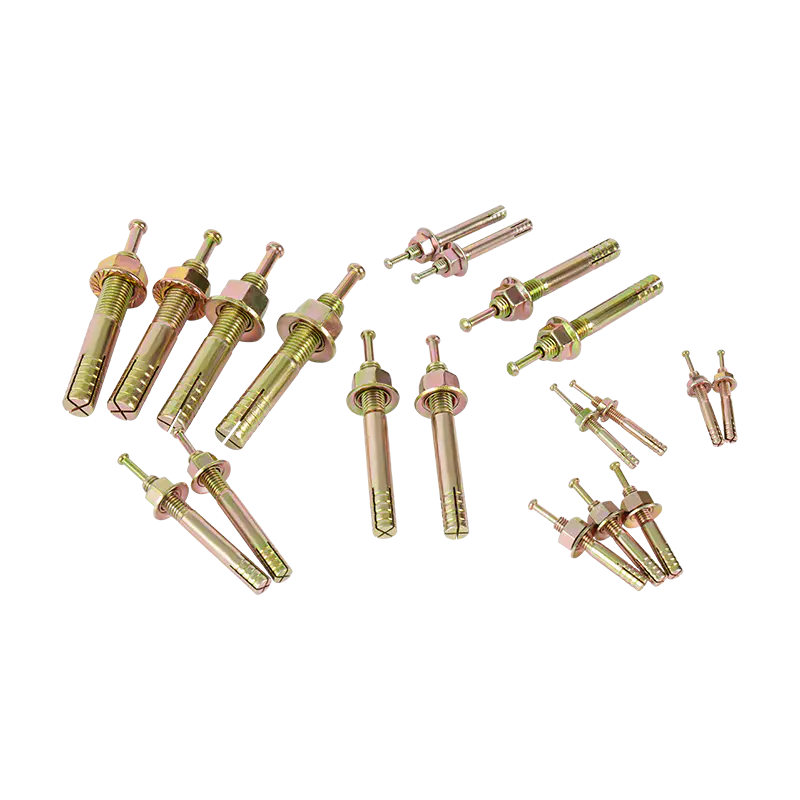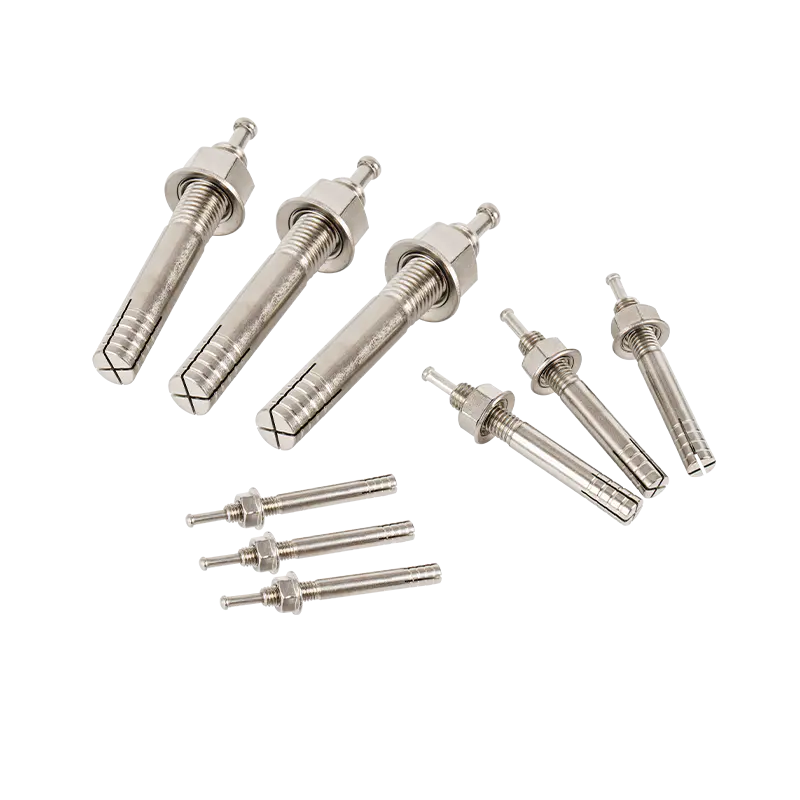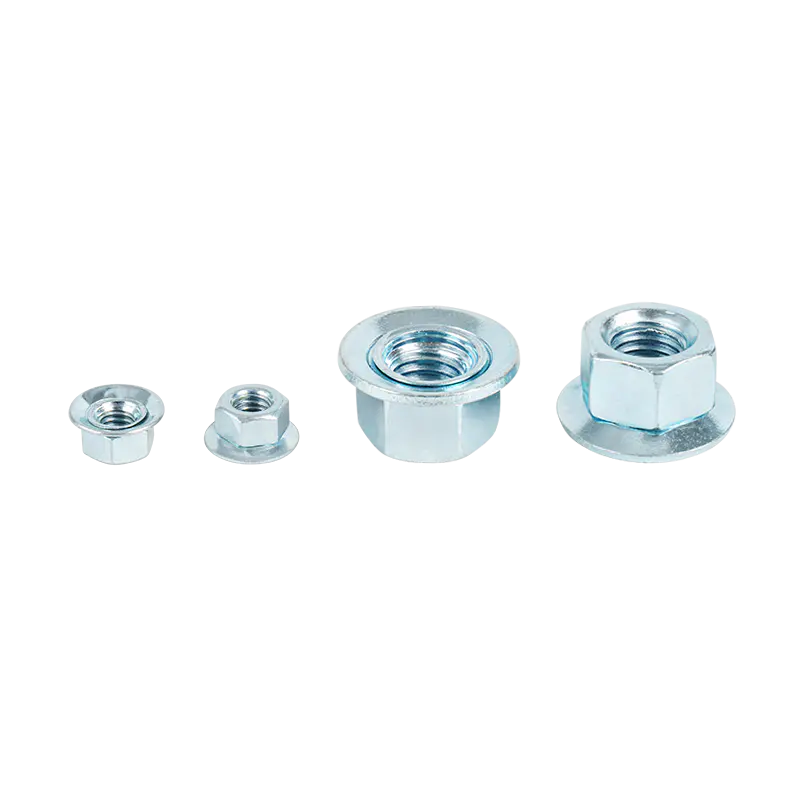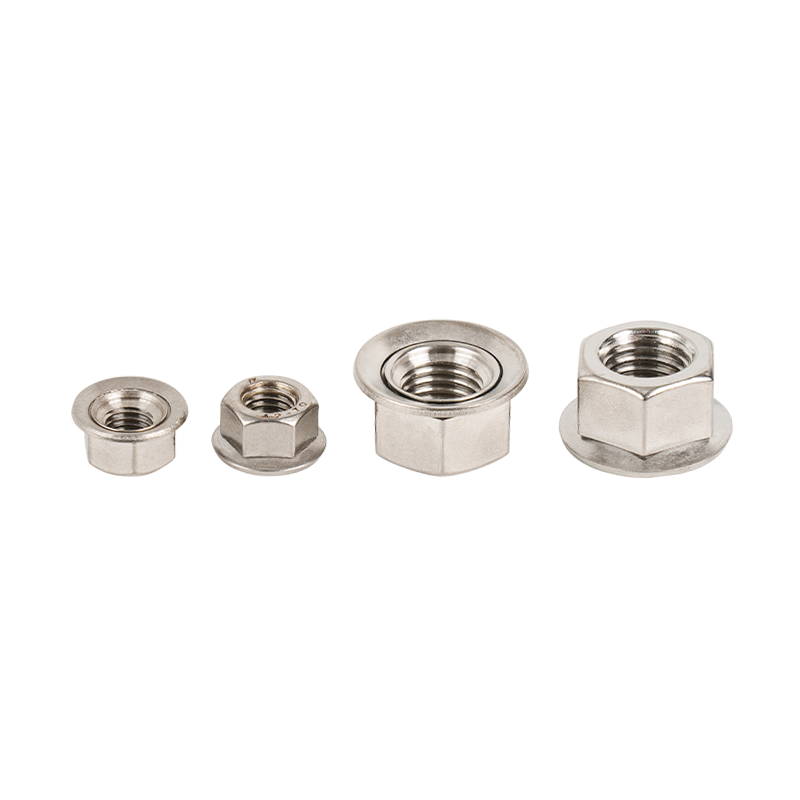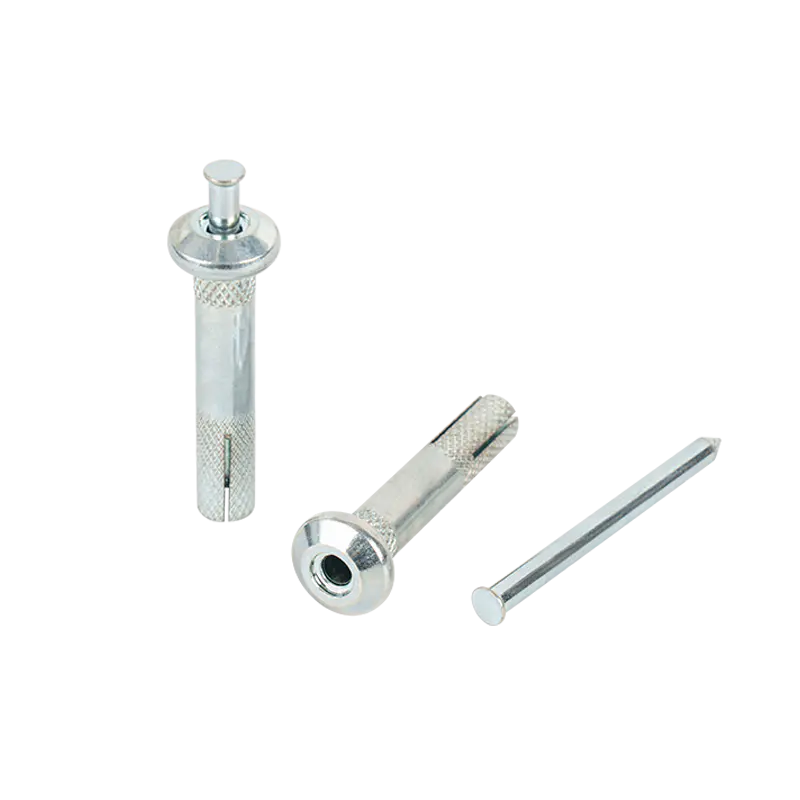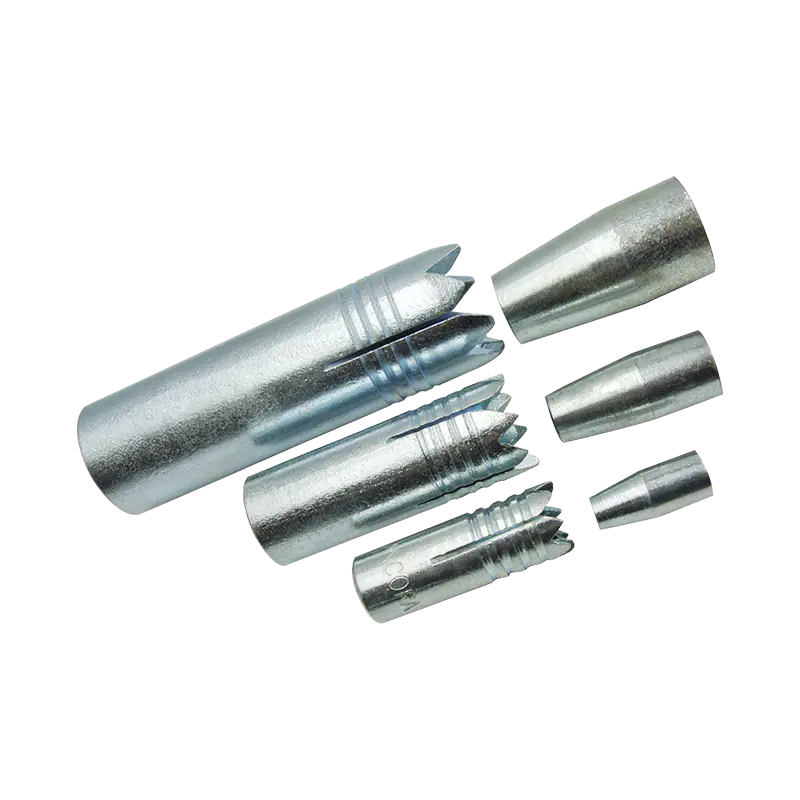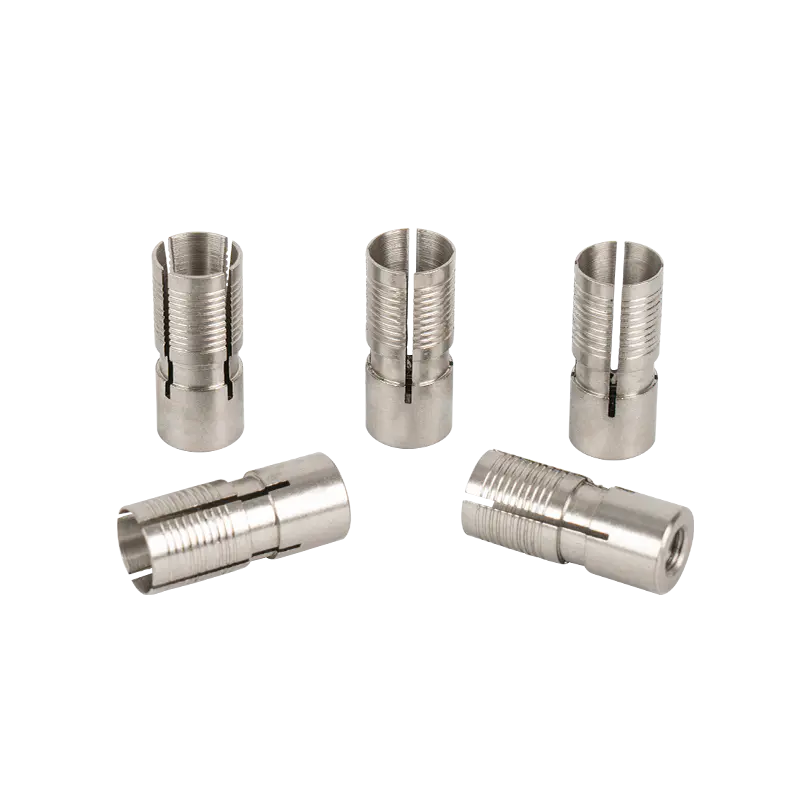How to properly install Carbon Steel Strike Anchor to ensure structural stability?
2025-05-18
In the field of construction engineering, the reliability of the anchoring system directly affects the stability and service life of the overall structure. As a key load-bearing component, Carbon Steel Strike Anchor (carbon steel stamping anchor) is widely used in steel structure connection, curtain wall fixing and industrial equipment base due to its high strength, corrosion resistance and fatigue resistance. However, if it is installed improperly, its performance advantages will be greatly reduced and even cause safety hazards.
Step 1: Preliminary preparation and substrate evaluation
Before installation, it is necessary to ensure that the substrate (concrete or masonry) reaches the design strength grade (usually ≥C25) and use an ultrasonic detector to confirm that there are no internal cracks or voids. The specifications of the Carbon Steel Strike Anchor must strictly match the design load requirements - the tensile strength (≥500MPa) and shear strength (≥400MPa) should comply with ASTM F1554 or ISO 898-1 standards. In terms of tools, it is necessary to prepare a calibrated torque wrench, a special reaming drill bit and an industrial-grade vacuum cleaner.
Step 2: Precise positioning and drilling process
Positioning mark: According to the construction drawings, use a laser locator to determine the center point of the anchor bolt, and the deviation must be controlled within ±2mm.
Drilling specifications:
The hole diameter should be 1.5 times the diameter of the anchor bolt (for example, Φ12 anchor bolt corresponds to Φ18 hole diameter);
The hole depth must be 10-15mm longer than the anchor bolt embedding length to reserve debris space;
The drill bit must be kept vertical when drilling to avoid tilting and causing stress concentration.
Step 3: Cleaning and anchor bolt implantation
Hole treatment: After using a high-pressure air gun to remove floating dust, use a vacuum cleaner to thoroughly clean the particles in the hole. Residual debris will reduce the anchoring force by up to 30%.
Anchor bolt installation:
Insert the Carbon Steel Strike Anchor vertically into the hole, and it is strictly forbidden to knock the threaded part;
Tighten in stages using a torque wrench: first pre-tighten to 50% of the design torque, and then gradually increase to 100%. For example, the standard torque value of an M20 anchor bolt is 450N·m±10%.
Step 4: Quality verification and anti-corrosion treatment
Pull-out test: Within 24 hours after installation, randomly select 5% of the anchor bolts for non-destructive pull-out test, and the load value should be ≥1.5 times the design value.
Surface protection: In a humid or chemically corrosive environment, the exposed part needs to be sprayed with epoxy zinc-rich primer (thickness ≥80μm) and wrapped with UV-resistant sealing tape.
Expert warning: Avoid common construction misunderstandings
Error 1: Ignoring the ambient temperature When the substrate temperature is lower than 5℃, the curing time of epoxy resin anchoring agents will be extended by 2-3 times, and forced loading may cause slippage.
Error 2: Reusing anchor bolts Carbon Steel Strike Anchor is a one-time load-bearing component. After disassembly, the microstructure has been damaged, and the secondary use bearing capacity has dropped by more than 40%.

 English
English 日本語
日本語
